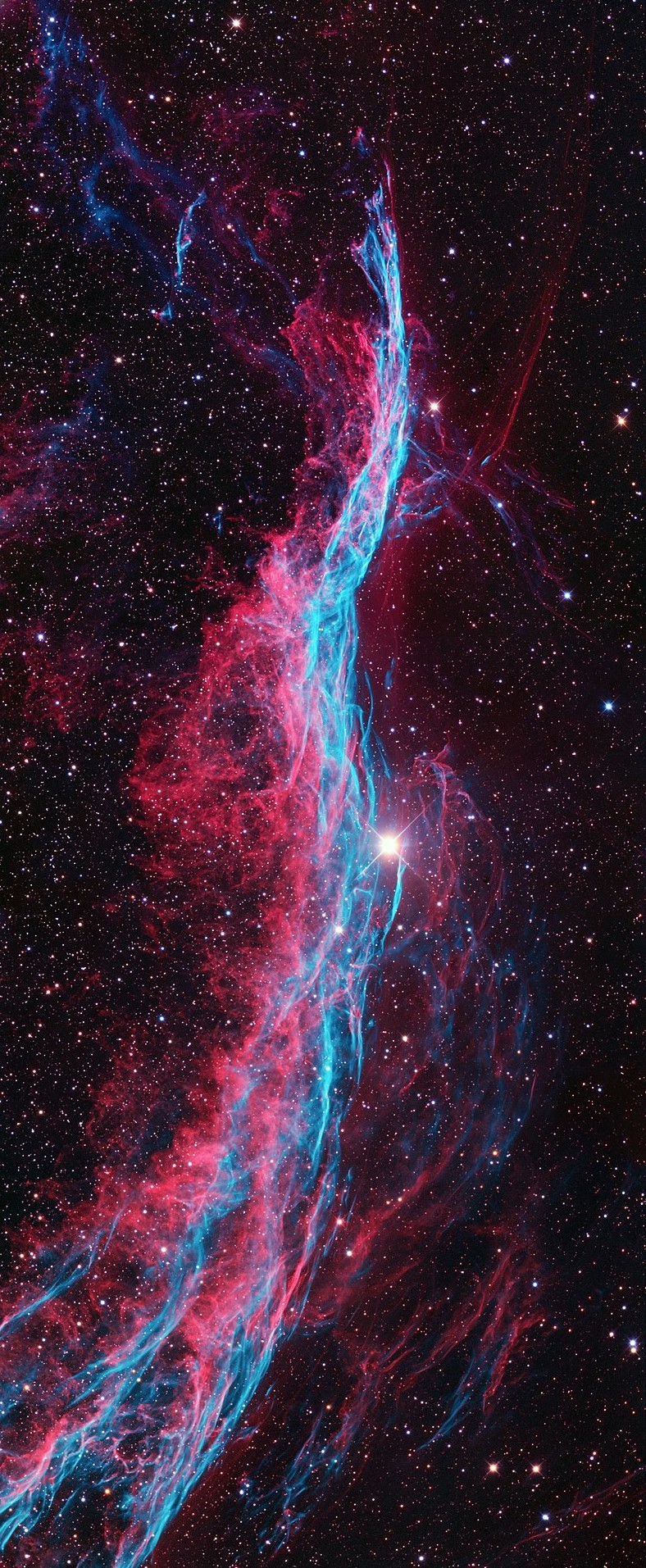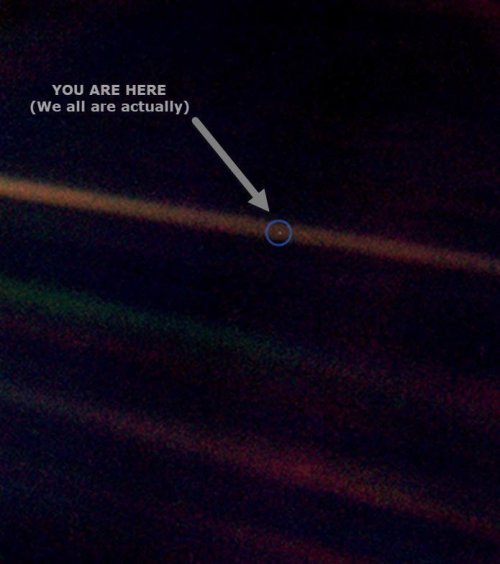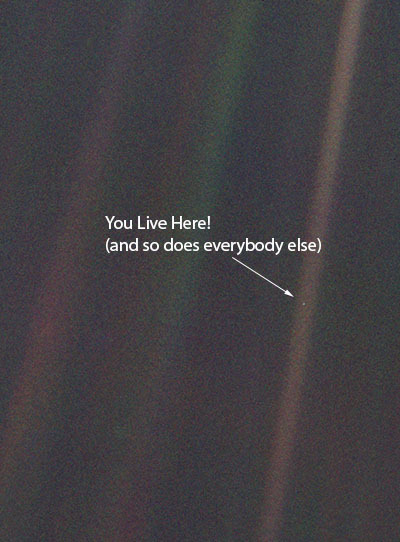NGC 5189

NGC 5189
NGC 5189 is a planetary nebula in the constellation Musca. It was discovered by James Dunlop on 1 July 1826, who catalogued it as Δ252. For many years, well into the 1960s, it was thought to be a bright emission nebula. It was Karl Gordon Henize in 1967 who first described NGC 5189 as quasi-planetary based on its spectral emissions
More Posts from Ad-astra-affecte-spe and Others






Orion, The Great Hunter

Nu Scorpii
One of the most interesting areas of the night sky, Scorpius holds a myriad of nebula and beautifully contrasting coloured stars.
Moving towards the tail, you'll find Nu Scorpii a binary star system 7 stars.

If that alone isn't enough to get your mind wondering how all these stars are orbiting each other, the star system itself is the eye of a horses head ! Albeit a nebulous head.

IC 4592 is a reflective nebula, with the blue light reflected from fine dust, that blue light is coming from the Nu Scorpii system above.
Pull out and you'll see the whole region contains many star forming areas with reflective features.


The Veil Nebula

2024 March 5
NGC 2170: Angel Nebula Abstract Art Image Credit & Copyright: David Moulton
Explanation: Is this a painting or a photograph? In this celestial abstract art composed with a cosmic brush, dusty nebula NGC 2170, also known as the Angel Nebula, shines just above the image center. Reflecting the light of nearby hot stars, NGC 2170 is joined by other bluish reflection nebulae, a red emission region, many dark absorption nebulae, and a backdrop of colorful stars. Like the common household items that abstract painters often choose for their subjects, the clouds of gas, dust, and hot stars featured here are also commonly found in a setting like this one – a massive, star-forming molecular cloud in the constellation of the Unicorn (Monoceros). The giant molecular cloud, Mon R2, is impressively close, estimated to be only 2,400 light-years or so away. At that distance, this canvas would be over 60 light-years across.
∞ Source: apod.nasa.gov/apod/ap240305.html

Titan's high-level haze taken by Cassini on October 12, 2010.
Image credit: NASA/JPL/Space Science Institute. Edited by J. Major.

Venus and Pleiades

Into the Cosmic Heart, IC 1850 © Aleix Roig






cancel your plans we’re thinking about the pale blue dot voyager pic tonight
-
 mckitterick liked this · 5 months ago
mckitterick liked this · 5 months ago -
 silvereyedowl reblogged this · 5 months ago
silvereyedowl reblogged this · 5 months ago -
 sheliesshattered reblogged this · 5 months ago
sheliesshattered reblogged this · 5 months ago -
 sheliesshattered liked this · 6 months ago
sheliesshattered liked this · 6 months ago -
 silvereyedowl liked this · 6 months ago
silvereyedowl liked this · 6 months ago -
 ichabod-katrina liked this · 9 months ago
ichabod-katrina liked this · 9 months ago -
 petiteclover reblogged this · 9 months ago
petiteclover reblogged this · 9 months ago -
 mrsun5h1ne liked this · 11 months ago
mrsun5h1ne liked this · 11 months ago -
 david-watts reblogged this · 11 months ago
david-watts reblogged this · 11 months ago -
 petiteclover liked this · 11 months ago
petiteclover liked this · 11 months ago -
 maplepastry reblogged this · 11 months ago
maplepastry reblogged this · 11 months ago -
 maplepastry liked this · 11 months ago
maplepastry liked this · 11 months ago -
 sidetable-drawer reblogged this · 11 months ago
sidetable-drawer reblogged this · 11 months ago -
 sidetable-drawer liked this · 11 months ago
sidetable-drawer liked this · 11 months ago -
 fancycolours reblogged this · 11 months ago
fancycolours reblogged this · 11 months ago -
 david-watts reblogged this · 11 months ago
david-watts reblogged this · 11 months ago -
 x-orion-the-alchoholic-x reblogged this · 1 year ago
x-orion-the-alchoholic-x reblogged this · 1 year ago -
 x-orion-the-alchoholic-x liked this · 1 year ago
x-orion-the-alchoholic-x liked this · 1 year ago -
 xploseof reblogged this · 1 year ago
xploseof reblogged this · 1 year ago -
 fl3eting reblogged this · 1 year ago
fl3eting reblogged this · 1 year ago -
 groundingspace liked this · 1 year ago
groundingspace liked this · 1 year ago -
 paranormal-outdoorsman liked this · 1 year ago
paranormal-outdoorsman liked this · 1 year ago -
 learnorneverrealize1888000888 liked this · 1 year ago
learnorneverrealize1888000888 liked this · 1 year ago -
 alwayssacred liked this · 1 year ago
alwayssacred liked this · 1 year ago -
 onparacosm reblogged this · 1 year ago
onparacosm reblogged this · 1 year ago -
 onparacosm liked this · 1 year ago
onparacosm liked this · 1 year ago -
 gabisanchezdepaul liked this · 1 year ago
gabisanchezdepaul liked this · 1 year ago -
 rangermike1 liked this · 1 year ago
rangermike1 liked this · 1 year ago -
 dsigne liked this · 1 year ago
dsigne liked this · 1 year ago -
 dergilm-blog liked this · 1 year ago
dergilm-blog liked this · 1 year ago -
 mp-64 liked this · 1 year ago
mp-64 liked this · 1 year ago -
 playfull-panda liked this · 1 year ago
playfull-panda liked this · 1 year ago -
 berkelygenerator liked this · 1 year ago
berkelygenerator liked this · 1 year ago -
 the-very-unofficial-ussr reblogged this · 1 year ago
the-very-unofficial-ussr reblogged this · 1 year ago -
 grhouck liked this · 1 year ago
grhouck liked this · 1 year ago -
 the-very-unofficial-ussr liked this · 1 year ago
the-very-unofficial-ussr liked this · 1 year ago -
 applesaucemeow liked this · 1 year ago
applesaucemeow liked this · 1 year ago -
 nostalgiaart liked this · 1 year ago
nostalgiaart liked this · 1 year ago -
 scottedawg liked this · 1 year ago
scottedawg liked this · 1 year ago -
 nejad0009 liked this · 1 year ago
nejad0009 liked this · 1 year ago -
 vulpecula11blr liked this · 1 year ago
vulpecula11blr liked this · 1 year ago

★•Astronomy, Physics, and Aerospace•★ Original and Reblogged Content curated by a NASA Solar System Ambassador
204 posts





